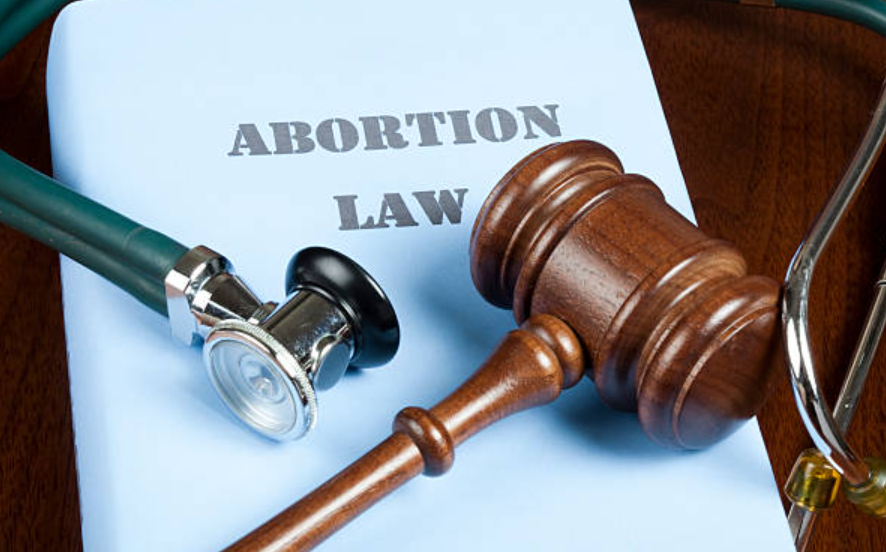An unanticipated controversy around the opening of a clinic offering abortions beyond 24 weeks has engulfed Beverly Hills, California, a city well-known for its progressive views on abortion rights.
Despite the City Council’s prior unanimous resolution in support of abortion access, recent developments have brought the issue to the forefront.
The dispute arises following the Supreme Court’s overturn of Roe v. Wade, prompting the National Institute for Reproductive Health and the LA Abortion Support Collective to launch a billboard campaign.
The billboards feature a powerful message, Los Angeles should be safe for abortion seekers. Fight back against attempts to shut down DuPont Clinic. This campaign is a direct response to the City Council’s rejection of a proposal for the clinic in August, citing potential controversies and protests within the affluent community.
While California is generally considered a stronghold for abortion rights, challenges faced by clinics within the state paint a different picture.
California’s Abortion Clinic Challenges

The clash of progressive ideals with NIMBYism (Not In My Backyard) in Beverly Hills mirrors the state’s struggles with affordable housing projects, revealing complex municipal dynamics.
Fontana, an Inland Empire city, experiences delays in constructing a new Planned Parenthood clinic due to permitting disputes linked to a city-wide construction moratorium. Similar bureaucratic hurdles or project abandonment impact plans for new clinics in Visalia and El Centro.
Jess Fuselier from the Los Angeles Abortion Support Collective warns that despite legal protections for abortion care in Los Angeles and California, establishing much-needed clinics for later-term abortion care remains challenging.
Even with Governor Gavin Newsom championing abortion rights, disparities persist between municipalities. Jon Dunn, head of Planned Parenthood of Orange and San Bernardino Counties, underscores the variability in support for abortion rights from one municipality to another.
This situation highlights the nuanced nature of reproductive rights advocacy, illustrating that local dynamics can significantly impact access to essential healthcare services even in a state perceived as deeply supportive.


Comments are closed.